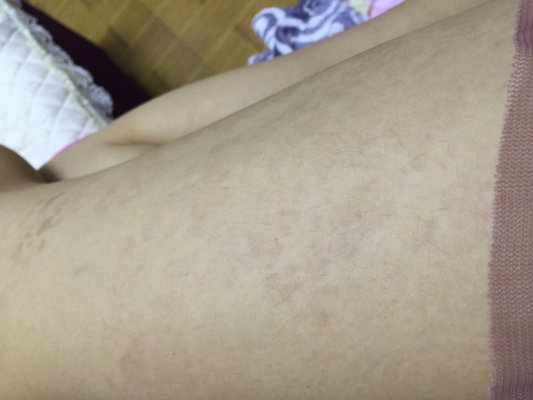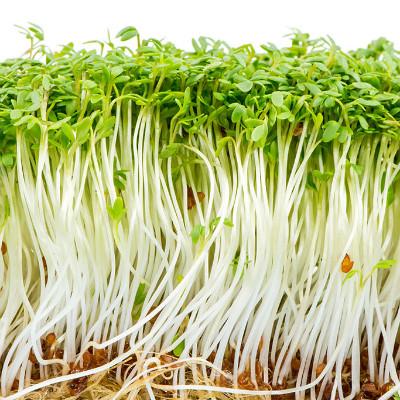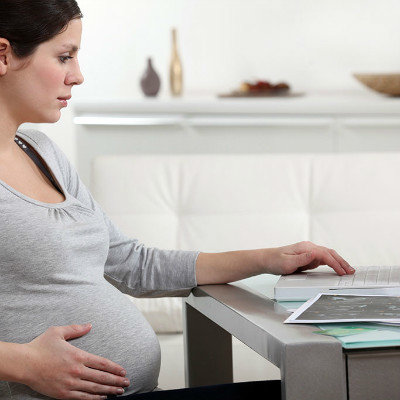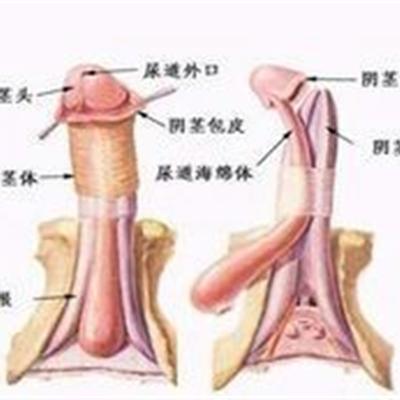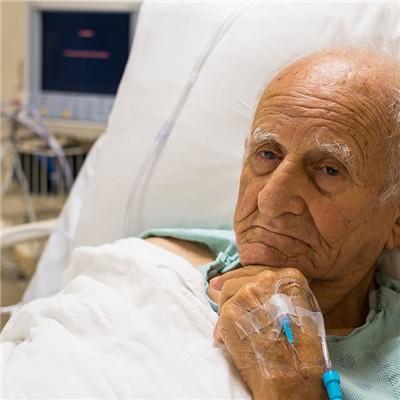What does inchoate anal fissure symptom have?
summary
Anal fissure is one of the common anorectal diseases. Data show that the incidence rate is quite high, especially in women. Anal fissure is a common anorectal disease. The early symptoms of anal fissure are pain, constipation and bloody stool. What does inchoate anal fissure symptom have? Let's talk about it.
What does inchoate anal fissure symptom have?
Painful anal fissure can cause periodic pain due to defecation, which is the main symptom of anal fissure. When defecating, the fecal mass stimulates the nerve endings on the ulcer surface, and immediately feels the burning pain of the anus, but the pain is relieved a few minutes after defecation, which is called the pain intermission period. Later, because of the internal sphincter spasm, and produce severe pain, this period can last for half an hour to several hours, make the patient restless, difficult to endure, until the sphincter fatigue, muscle relaxation, pain relief. But again defecate, and pain. The above clinical is called anal fissure pain cycle. Pain can also radiate to the perineum, buttocks, inner thighs or sacrococcygeal.
Constipation is the cause and consequence of anal fissure. After anal fissure, the patient is unwilling to defecate due to anal pain. As time goes on, constipation will be caused, and the feces will be more dry. Constipation can aggravate anal fissure, forming a vicious circle, making it difficult to heal anal fissure. There are a small amount of fresh blood stains or drops of blood on the surface of feces or stool paper. Massive hemorrhage is rare.
Other such as anal pruritus, secretions, diarrhea, etc. Is because of the anal fissure ulcer secretion or concurrent anal crypt inflammation, anal papillitis and other secretions produced by the stimulation, cause anal pruritus. Signs 355 cases of anal fissure were reported to have the following different signs: anal spasm 78%, sentinel hemorrhoids 68%, hypertrophic papilla 25%, anal fistula 6%, intersphincteric abscess 4%, hemorrhoids 38%, anal stenosis 2%.
matters needing attention
Patients with anal fissure usually have a history of constipation. When asked about the history of defecation and defecation pain, they usually have a typical interval and cycle of pain after defecation. If the "triad" of anal fissure in the middle part of the anal canal is found by local examination, the diagnosis is clear. For the patients with lateral chronic ulcers, if necessary, biopsies should be performed to determine whether there are rare lesions such as tuberculosis, cancer, Crohn's disease and ulcerative colitis. Patients should pay attention to diet, do not eat spicy food, eat more fruits and vegetables, keep the stool unobstructed.
